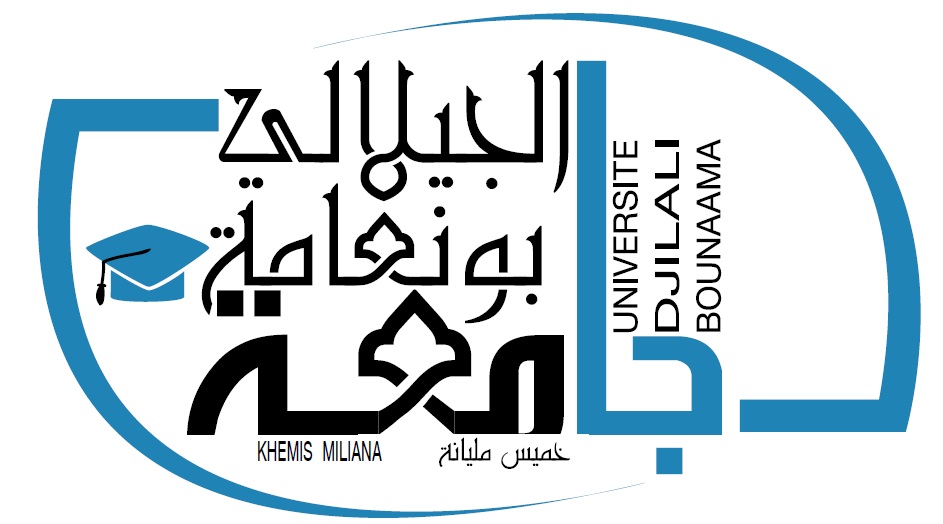Linguistics
Topic outline
-
Module: Linguistics
Level: Second year (L2)
Academic year: 2021-2022
Coefficient: 1
Duration: 6 months - 1 session per week
Assessment methods: Test, project evaluation & formal examinations
Location: Faculty of foreign languages, khemis Miliana university, rooms 7 & 9.
Teacher: Hamza Cherifi
Degree: PhD in Applied Linguistics
Contact infos: cherifi-hamza@hotmail.fr/h.cherifi@univ-dbkm.dz, 0776194476.
https://dbkm.academia.edu/CherifiHamza
https://www.researchgate.net/profile/Hamza_Cherifi?ev=hdr_xprf&_sg=B49-_YRpECqoU_YNjBoRreSm26p07eps31yZzFP4kGeBSRInsb__Q9mCrO44d8RZdyR0KBAucr1SMraN_X1rfY1W
-
The course seeks to attain the following objectives: 1. Familiarizing students with the principles and guiding both the inception and operation of Modern Linguistics. To achieve this goal, students are drawn to make a contrast between Modern Linguistics and Historical Linguistics. 2. Getting students to grasp the concerns and functioning of phonetics, phonology, morphology and syntax. A clear-cut distinction between these mechanisms is also targeted. 3. Getting student disentangle the scope and functioning of semantics as a distinct branch of linguistics.
-
1.The Scope of Modern Linguistics
2.The Sign as Shape and Sound
3.Semantics
-
-
The course builds on the following acquirements students are presumed to have attained in their firs year linguistics course: 1. Linguistics as a discipline 2. What linguistics is not 3. Features of human language 4. Origin of language
-
This chapter aims at familiarizing students with the concerns and scope of Modern Linguistics as distict from the diachronic practices held to characterize Historical Linguistics. In so doing, the chapter traces the inception of linguistics, locating the disciplinary concern with linguistics in cultural traditions immersed in antiquities. Subsequently, the chapter presents the convictions thriving in Historical Linguistics, namely the pervasive notion of as well as the methods depoyed to recover earliest forms of language. Then the a shift in the concern in language is discussed and highlighted, paving the way to the concepts making up Saussurian Linguistics.
-
Now that Historical Linguistics is singled out, subsequent frameworks would come into place. This overview chapter offers a brief discussions of the branches of linguistics corresponding either the signifier (phonetics, phonology, morphology, & syntax or the signified (semantics & pragmatics. More specifically, the chapter deals with the branches that fall into the Saussure’s signifier, in this sense phonetics, phonology, morphology and syntax, all representing the signifier as it composed of sound and shape.
Goal: Students are expected to understand the concern and functioning of phonetics, phonology, morphology and syntax. A clear-cut distinction between these mechanisms is also targeted.
-
The chapter focuses on the nature and functioning of semantics as an identifiable branch in the overall study of language. The Chapter examines the concern of semantics and lays out the different conceptions and fundamentals characterizing the enterprise, namely in contrast with Pragmatics. We shall also discuss the relevance of semantics in the act of dictionary making. In doing so, the chapter discusses and illustrates the relations holdingt between words, culminating in synonyms, antonyms, hyponyms, etc.
Aim: Students are expected to disentangle the scope and functioning of semantics as a distinct branch of linguistics
